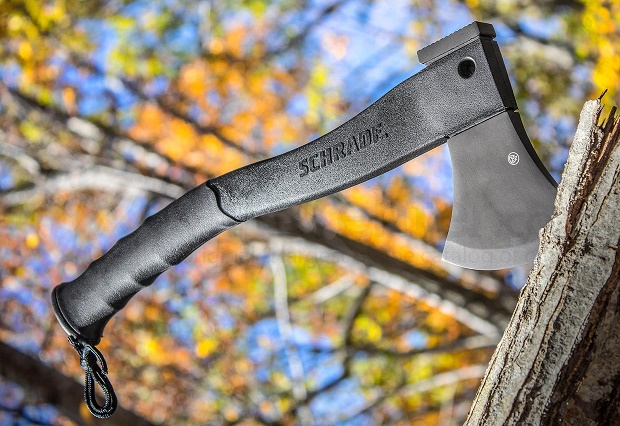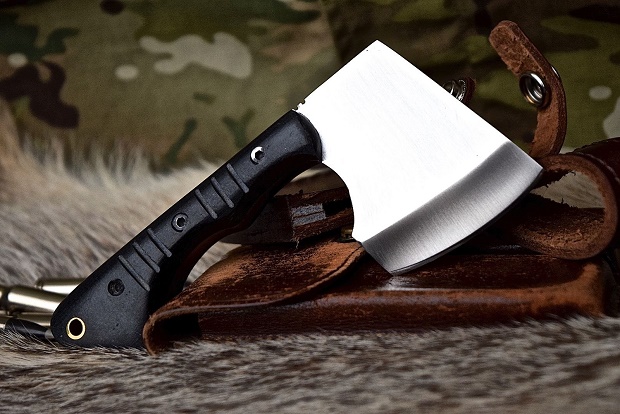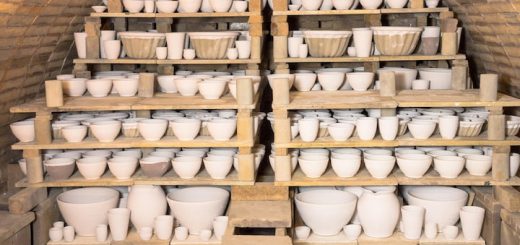A Simple Guide to Buying Survival Axes

A survival axe is one of the most versatile pieces of survival equipment you can have in your backpack, regardless of whether you’re out camping, hiking or having fun in the wilderness. This tool has been around for centuries, and its usefulness hasn’t been replicated by another tool yet, which only shows that it’s a tool worth investing in. Whether it’s for cutting, slicing or hammering, a survival axe can do it all. However, not every axe is made the same. In fact, there’s a wide variety you can pick from, depending on what you intend to do with it. Regardless, you should look for quality, because you don’t want to be left stranded in the middle of nowhere without a reliable cutting tool.
The term ‘axe’ is used quite liberally nowadays, and it now includes hatches and tomahawks. The difference between all of them is mainly in their size and design. Like most things in life, size matters, but in the world of axes, smaller isn’t necessarily worse, as even a small axe can pack a powerful punch. That being said, it’s all about what you’re going to use the axe for that determines the right size.

A wood-chopping axe, for example, is longer than a camping or hand axe. A large axe is used with both hands, as it allows you to strike with more force, and its main purpose is chopping. A smaller model, like a hatchet or tomahawk, is for simpler cutting tasks and is typically used with a single hand, which leaves your other hand free to do something else, like use a flashlight or hold whatever it is you’re cutting.
Besides size, as aforementioned, there are also some differences in the design between conventional two-handed axes and hatchets and tomahawks. The shaft design of a hatchet is more forward-bent, while a conventional axe has a straight shaft. Tomahawks are quite similar to hatchets, except most models have the head fit onto the shaft from the bottom, as the shaft gets wider at the top. Tomahawks are more combat-oriented, and they have been used for hunting and combat for many generations.
Regardless whether you’re going for a conventional wood-chopping axe, a tomahawk or a hatchet, you should ensure the blade is made of quality stainless steel or carbon so that it’s long-lasting, durable and can deliver a powerful cut. The entire blade doesn’t have to be made of carbon (as it’s a pretty expensive material) – just the edge for cutting. Stainless steel doesn’t require much maintenance and it doesn’t corrode or rust. The handle should be made of straight-grained wood like hickory. The handle is what directs the force and it takes quite a beating, so you shouldn’t compromise on quality, although many people do, as they don’t think the quality of the handle impacts the overall quality of the axe and its cutting power.







